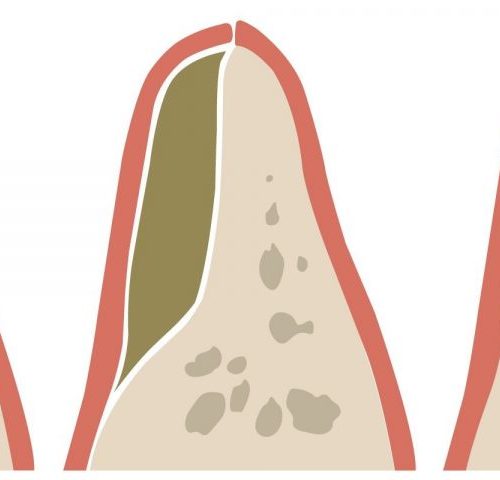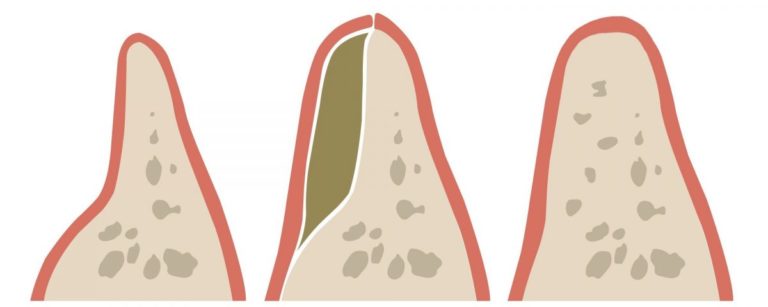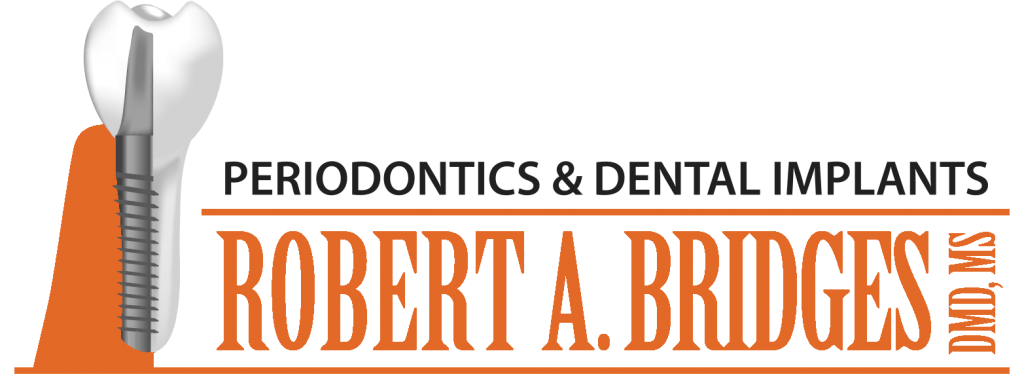
When Are Bone Grafts Necessary?
Over a period of time, the jawbone associated with missing teeth atrophies or is resorbs. This often leaves a condition in which there is poor quality and quantity of bone suitable for placement of dental implants. In these situations, most patients are not candidates for placement of implants.
We now have the ability to grow bone in some instances. This gives us the opportunity to place implants of proper length and width, and it also gives us a chance to more effectively restore esthetic appearance and functionality.

What is a Sinus Lift Surgery?
For those who may not know, a sinus lift is the term used to describe a surgical procedure that adds bone to the upper jaw. This bone is placed around the area that supports the rear teeth, also known as molars and premolars. In some offices, this procedure may be called a sinus augmentation procedure.
The bone is placed in the area below the maxillary sinuses (which border both the left and right side of the nose) and the jaw itself. Of course, the face is a confined space and so to make room for this additional bone, the membrane of the sinuses is moved upward, which is where the term “lift” comes from.
Ridge Augmentation
Ridge defects in the upper or lower jaw can leave you with inadequate bone in which to place dental implants. To correct the problem, the gum is lifted away from the ridge to expose the bony defect. The defect is then filled with bone or bone substitute to build up the ridge. Ridge modification has been shown to improve appearance and increase your chances for successful implants that can last for years to come.
Ridge augmentation procedures are used to correct irregularities in the jawbone where your natural teeth are missing. They are also used to prevent the jawbone from collapsing after a tooth extraction. This reduces the likelihood that implant crowns may seem too long compared to the rest of your teeth.
“Ridge grafting” may be needed if you don’t have enough bone to support an implant. This bone loss could be caused by periodontal disease, wearing dentures, injury, or trauma. During this procedure, bone or bone substitute is added where needed to ensure a proper foundation for implants. Your bone usually needs four to six months of healing time before placing implants.
Socket Preservation
A procedure called “socket preservation” is sometimes needed to preserve bone and minimize bone loss adjacent to a tooth that has been removed. One common technique is to fill the socket with bone or bone substitute and allow the bone to heal for approximately three to four months before implant placement. This procedure is key in maintaining bone after an extraction because the tissues will normally reduce in volume and dimension drastically after an extraction. Socket preservation provides a stable site for implant placement.
